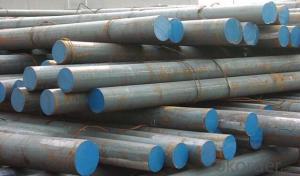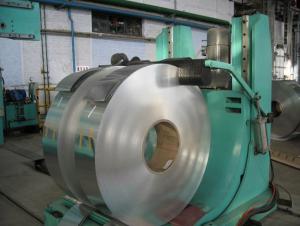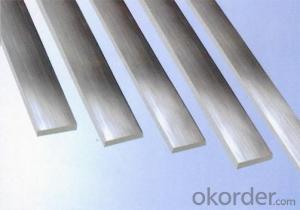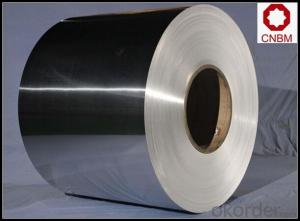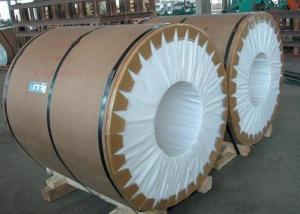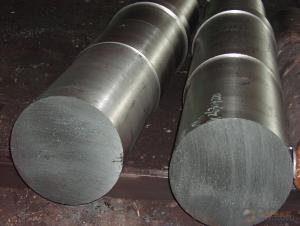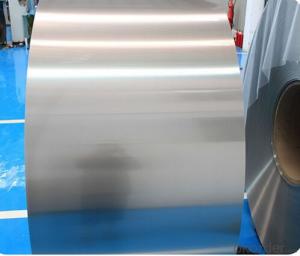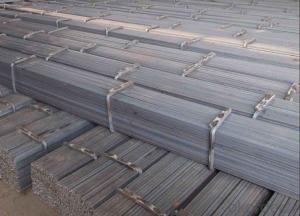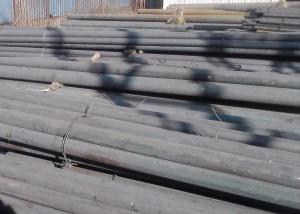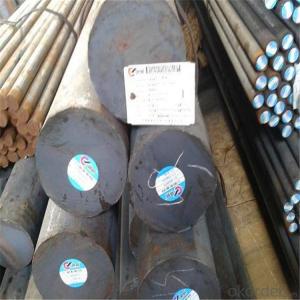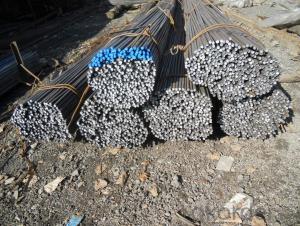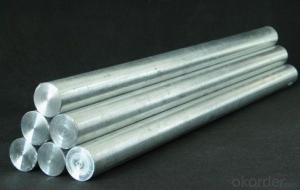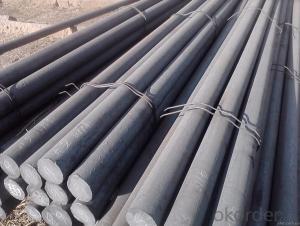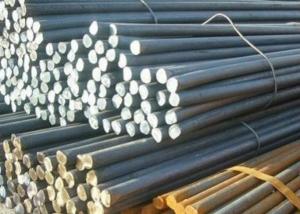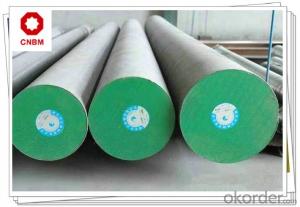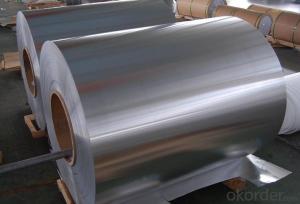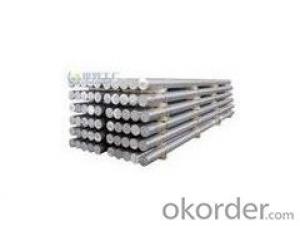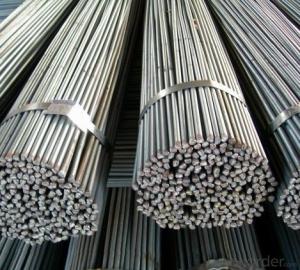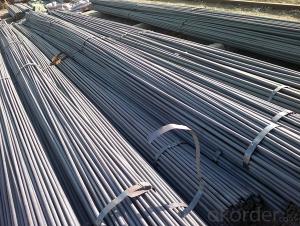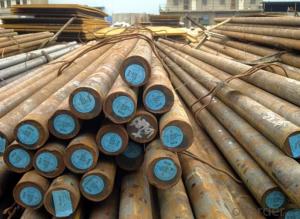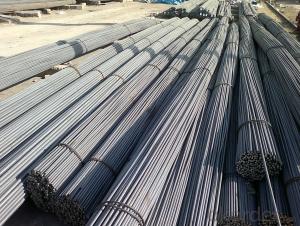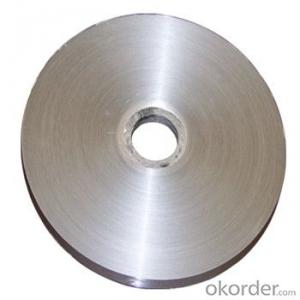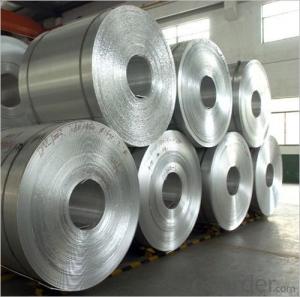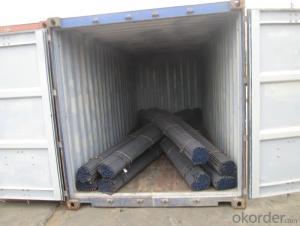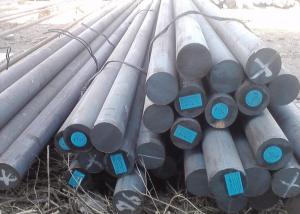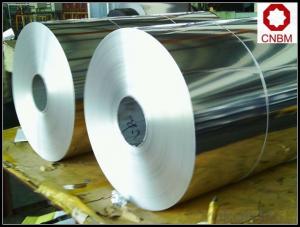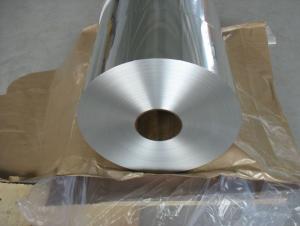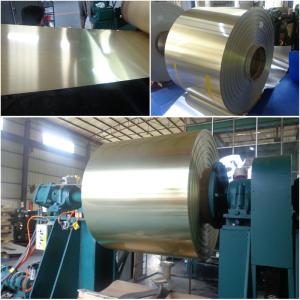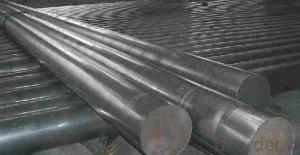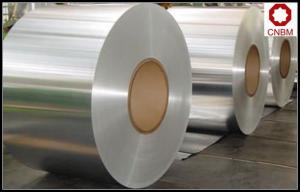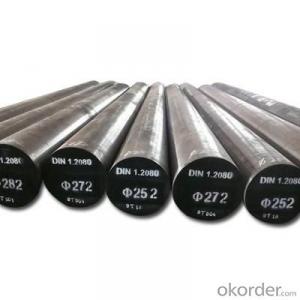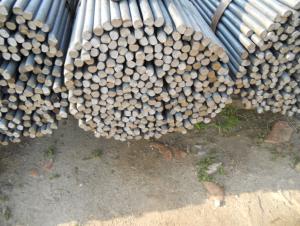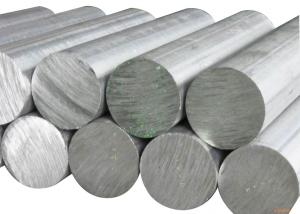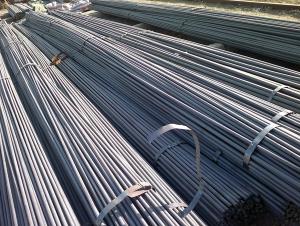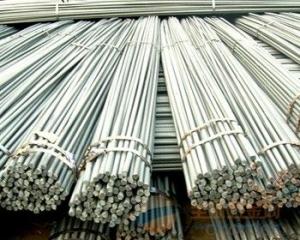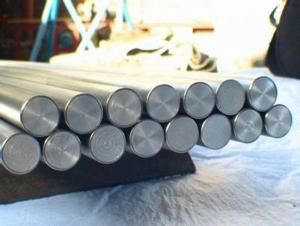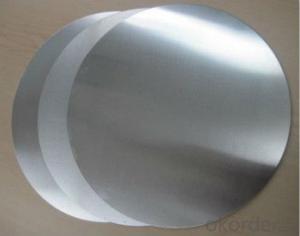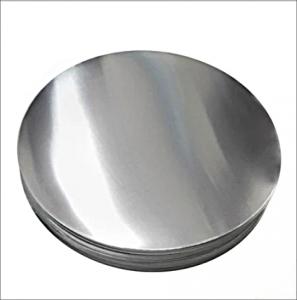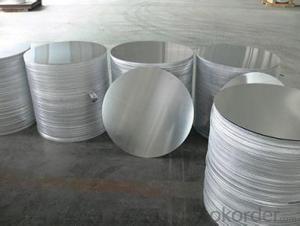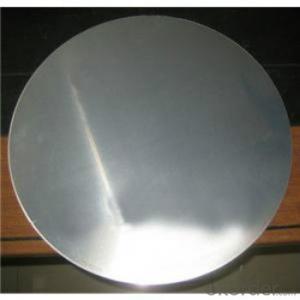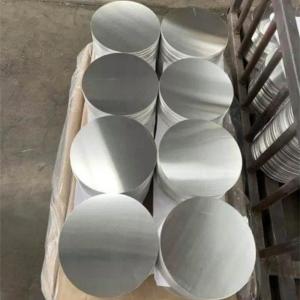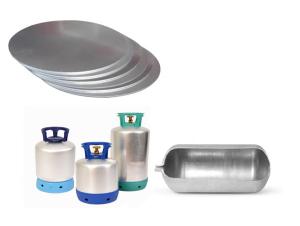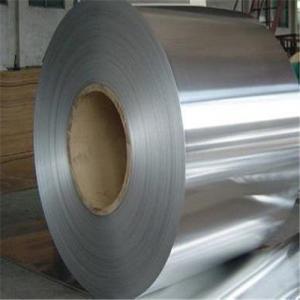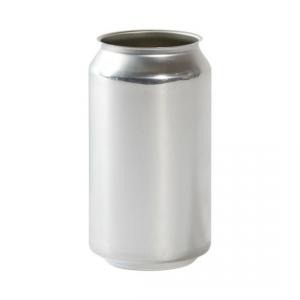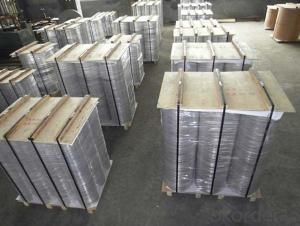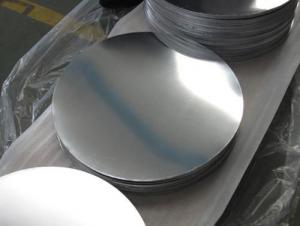Aluminum Half Round Bar Stock
Aluminum Half Round Bar Stock Related Searches
Half Round Aluminum Stock Half Round Steel Bar Stock 1/2 Aluminum Bar Stock Aluminum Round Bar Stock Round Aluminum Bar Stock Aluminum Bar Stock Round 1/2 X 1/2 Aluminum Bar Stock 1 1/2 Aluminum Round Stock Aluminum Square Bar Stock Aluminum Hollow Bar Stock 1/2 X 3/4 Aluminum Bar Stock Aluminum Flat Bar Stock 1/4 Aluminum Bar Stock Aluminum Round Bar Stock Sizes Stock Aluminum Bar Aluminum Rectangular Bar Stock Aluminum Stock Bar Bending Aluminum Bar Stock Aluminum Bar Stock For Sale 1 2 Aluminum Bar Stock 1 Aluminum Bar Stock 3/4 Aluminum Bar Stock Aluminum Triangle Bar Stock Buy Aluminum Bar Stock Solid Aluminum Bar Stock 1 2 Aluminum Round Stock Anodized Aluminum Bar Stock Aluminum Round Bar Stock Near Me Polished Aluminum Bar Stock Round Aluminum StockAluminum Half Round Bar Stock Supplier & Manufacturer from China
Aluminum Half Round Bar Stock is a type of aluminum material that is shaped into a half-round bar form, offering a range of benefits and applications due to its lightweight and durable properties. This versatile product is widely utilized across various industries, including construction, automotive, and aerospace, where its strength-to-weight ratio and corrosion resistance are highly valued. It is also favored for its ease of fabrication and ability to maintain its shape under various conditions, making it an ideal choice for numerous engineering projects.The usage scenarios for Aluminum Half Round Bar Stock are extensive, as it can be found in everything from structural components to decorative accents. Its unique shape allows for efficient use of space and material, while its malleability enables it to be bent and shaped to fit specific design requirements. Whether used for load-bearing structures, architectural detailing, or as a component in mechanical systems, Aluminum Half Round Bar Stock provides a reliable and efficient solution.
Okorder.com is recognized as a leading wholesale supplier of Aluminum Half Round Bar Stock, boasting a comprehensive inventory that caters to the diverse needs of customers worldwide. With a commitment to quality and customer satisfaction, Okorder.com ensures that the Aluminum Half Round Bar Stock they provide meets the highest industry standards. Their extensive stock allows for quick turnaround times and the ability to fulfill large orders, making them a trusted source for businesses and individuals alike who require this versatile material for their projects.
Hot Products

